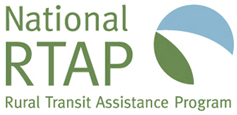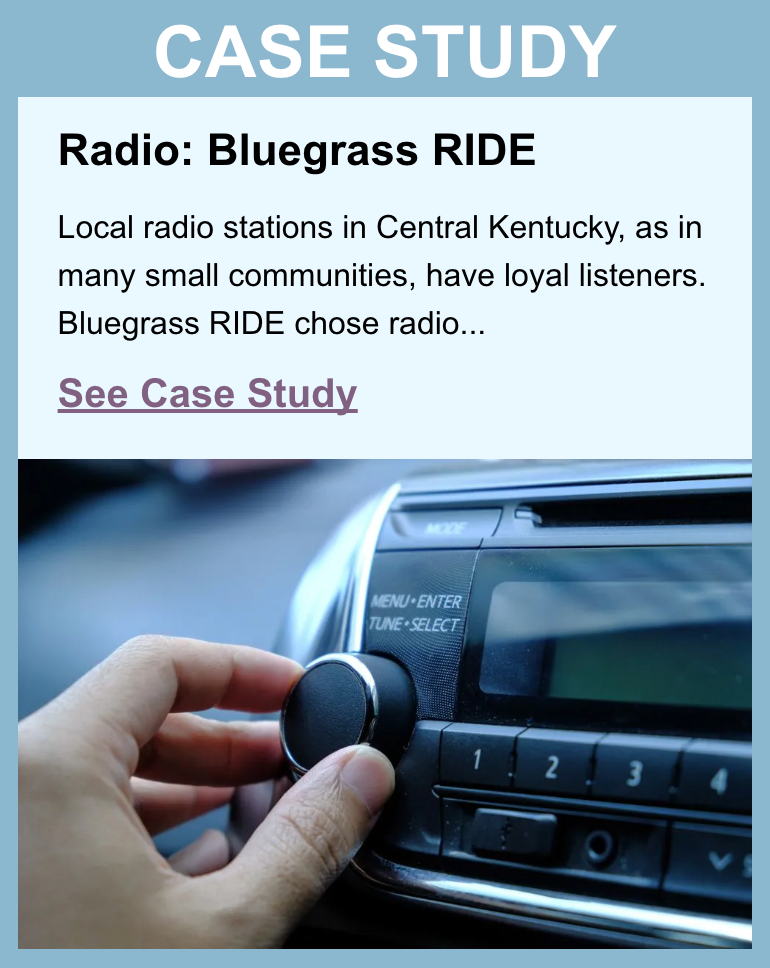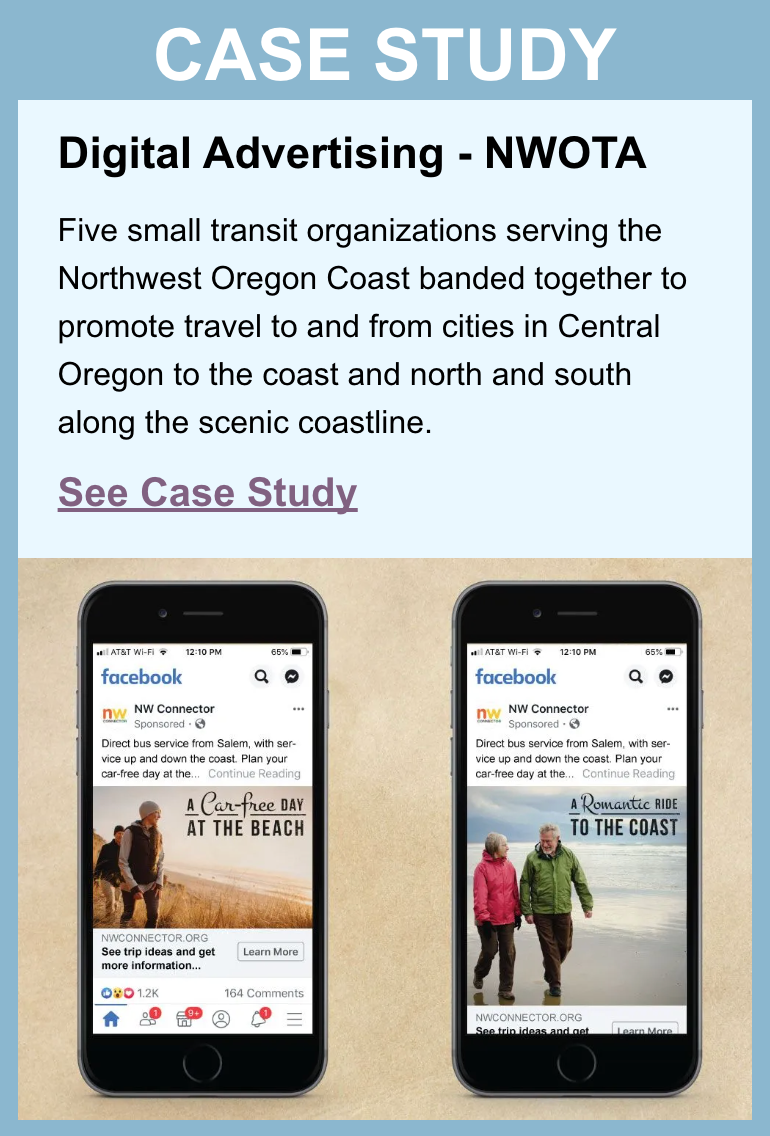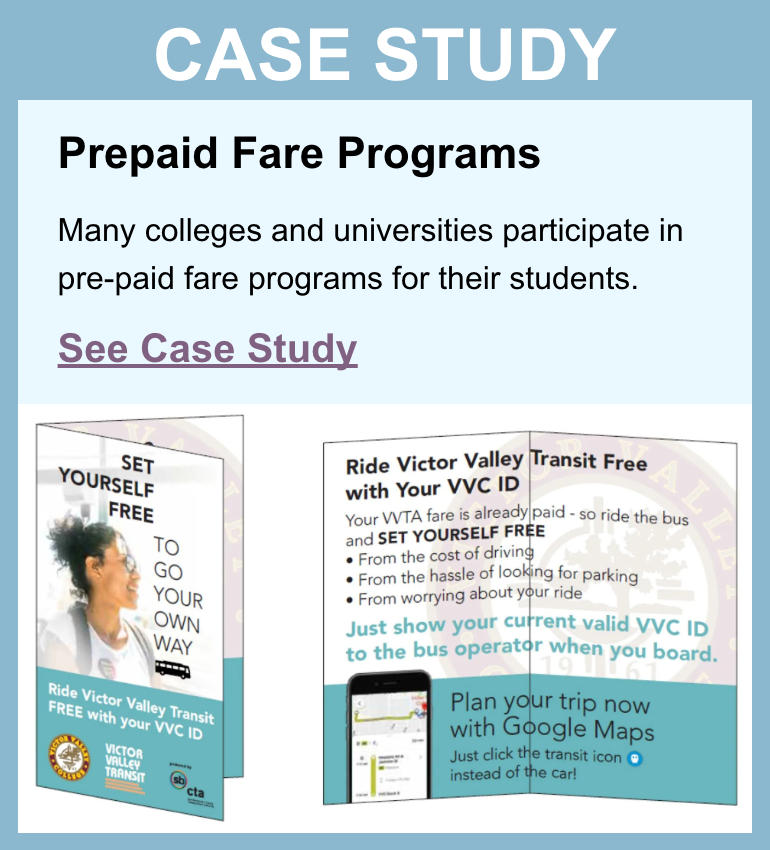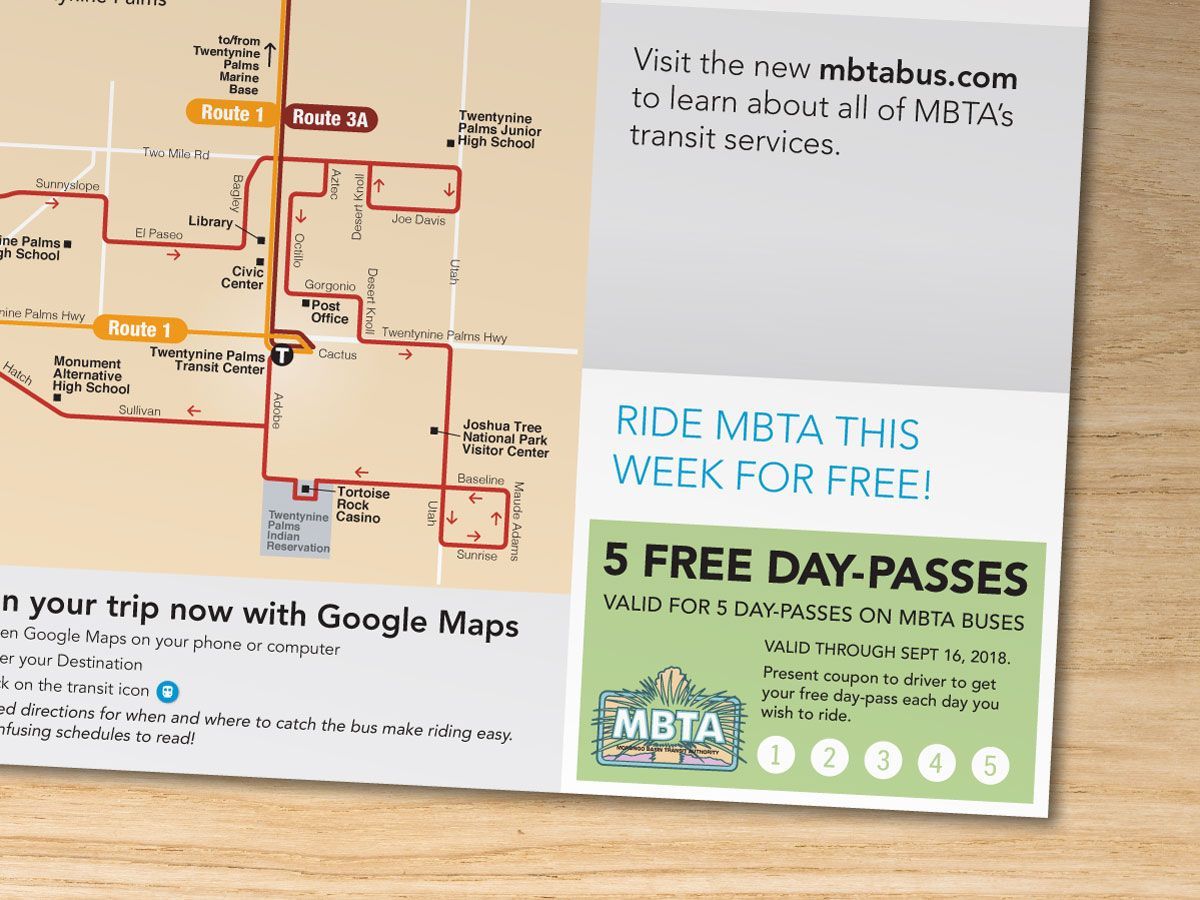Optional Strategies
Awareness, Image, and Support-Building Options
Paid Communications Channels
Radio
Keep in mind that radio commercials are fleeting. You’ll need to repeat the same message over a period of time for people to remember it. And you won’t be able to convey the kind of detailed information (such as routes) that you can in a print ad. Use your radio ads to promote your phone number or website.
Station staff can help you determine what type of programming suits your needs and which times of day reach the largest target audiences.
Television
Television ad time is usually expensive and reaches a broad, not targeted, audience. That means it’s usually not a cost-effective choice, though if you can afford it, it can help build awareness and visibility. TV production costs are considerably higher than for radio, though your local station may provide low or no-cost production services.
If your area has local television affiliates or a cable provider who sells commercial time specific to local subscribers, then television advertising may be an option for promoting your system. Generally speaking, the most effective time to purchase advertising for your system will be during local news programs.
Digital ads on television station websites can be both more targeted and much less expensive than a TV commercial. They can be a simple static graphic that clicks through to your website, rather than a fully produced video ad.
Digital Advertising
Ridership-Generation Options
Partnering to Offer Fare Programs
There are several ways you can work with gatekeeper organizations to encourage transit ridership by making fare media more easily available to customers.
Sale of Fare Media to Social Services and Schools
Some social service and education programs have funding to purchase transit passes for their clients. Make sure you have a mechanism in place that makes it easy for these purchases to be made.
Gatekeeper Sales Outlets
Gatekeeper offices can serve as convenient sales outlets for transit tickets and passes. Since customers are going there for other services, they can purchase their transit fare media without making a separate trip. Locations such as senior centers, one-stop centers, and school bookstores make ideal pass-sales outlets. Talk with your gatekeepers about their willingness to take on this task and how you can make it easy for them.
Specialized Fare Media
Fare media designed around the needs of specific types of riders can encourage greater use by those target groups. For example, some transit agencies offer semester passes to college students. These prepaid passes are good for the full college semester and offer a significant discount. College students can purchase the pass when they get their financial aid at the start of the term and then have their transportation guaranteed for the rest of the semester.
Lower-income riders often find shorter-term fare media, such as day passes, to be more attractive and affordable than traditional monthly passes, which require a more substantial outlay of cash.
Incentives
